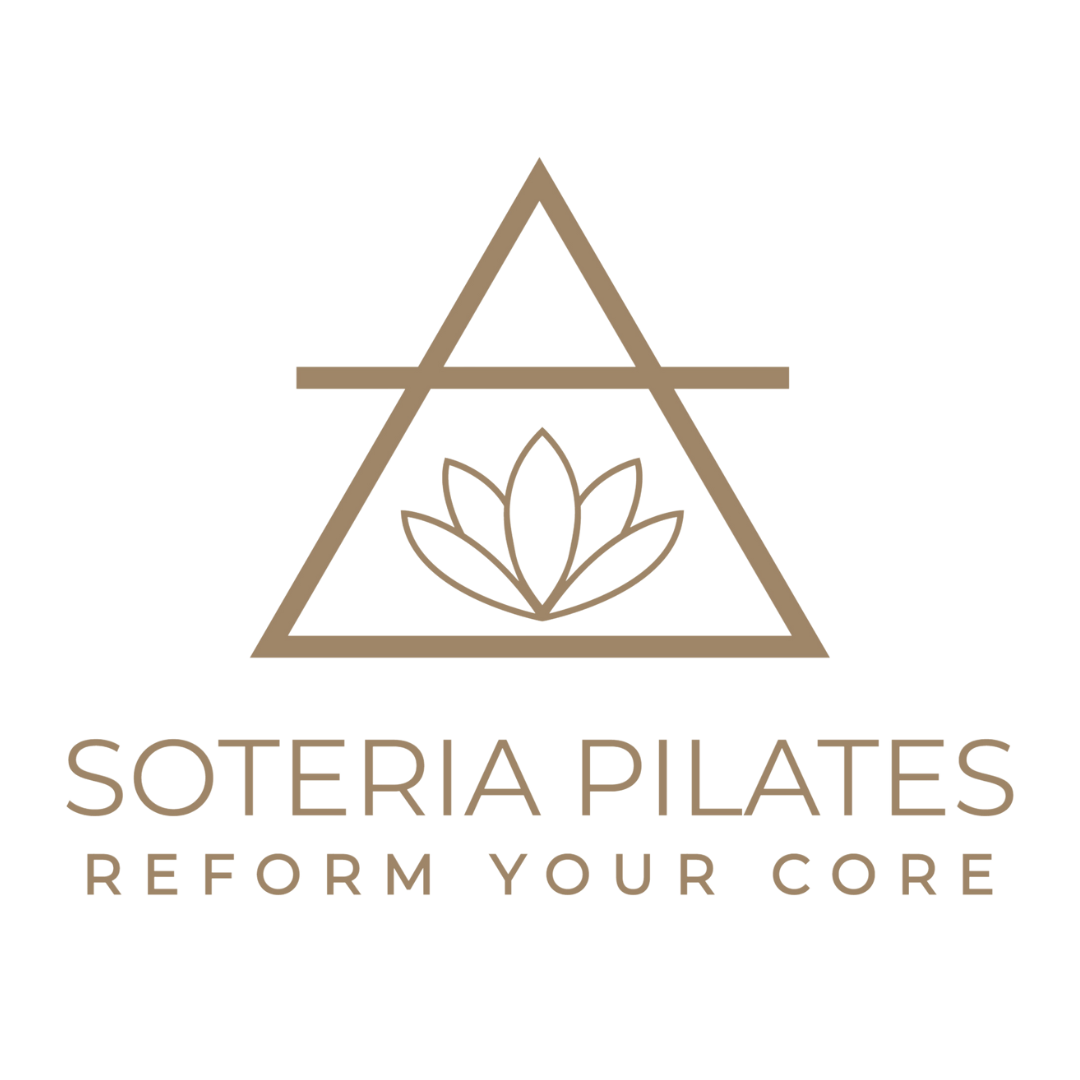Xformer and Megaformer: Understanding the Distinction from Traditional Pilates
Introduction: In the realm of fitness innovation, the Xformer and Megaformer have gained traction as dynamic apparatuses designed to challenge and transform the body. While these devices share similarities with traditional Pilates equipment, it’s essential to recognize the distinctions that set them apart from classical Pilates practice. Let’s dive into why the Xformer and Megaformer are not synonymous with traditional Pilates and explore the unique characteristics that define each.
The Essence of Traditional Pilates: Before delving into the Xformer and Megaformer, it’s crucial to understand the core principles of traditional Pilates. Founded by Joseph Pilates in the early 20th century, Pilates is a mind-body exercise system focused on building strength, flexibility, and endurance through controlled movements and breath work. Traditional Pilates equipment, such as the Reformer, Cadillac, and Chair, emphasizes precise alignment, mindful movement, and core engagement to promote holistic well-being.
Why the Xformer and Megaformer Differ from Pilates:
Departure from Pilates Principles: While the Xformer and Megaformer draw inspiration from Pilates, they often diverge from the fundamental principles of traditional Pilates practice. This departure may manifest in the form of faster-paced workouts, higher intensity movements, and less emphasis on breath control and alignment.
Varied Exercise Repertoire: Unlike traditional Pilates equipment, which features a repertoire of exercises rooted in Joseph Pilates’ teachings, the Xformer and Megaformer offer a broader range of movements that may incorporate elements of strength training, cardiovascular conditioning, and plyometrics.
Different Target Audience: The Xformer and Megaformer appeal to a wide range of fitness enthusiasts seeking dynamic, full-body workouts. While traditional Pilates caters to individuals of all fitness levels, its emphasis on precision and control may resonate more strongly with those seeking a mindful, low-impact exercise experience.
Brand-Specific Training Methods: The Xformer and Megaformer are often associated with specific fitness brands or methodologies that offer proprietary training programs. These programs may incorporate Pilates-inspired movements but are tailored to the brand’s unique fitness philosophy and target audience.
Conclusion: While the Xformer and Megaformer offer dynamic and effective workout experiences, it’s essential to recognize that they are not synonymous with traditional Pilates practice. While both draw inspiration from Pilates principles, they often diverge in their approach, exercise repertoire, and target audience. Whether you choose to explore the Xformer, Megaformer, or traditional Pilates, each offers its own unique benefits and experiences. By understanding the distinctions between these modalities, you can make an informed decision about which approach aligns best with your fitness goals and preferences.
Soteria Pilates is a Pilates studio in Orange County, Florida (Orlando) and we practice traditional Pilates! We have new member specials featured on our home page which we’d love for you to take advantage of and give Pilates a try. See you on the Reformer!

